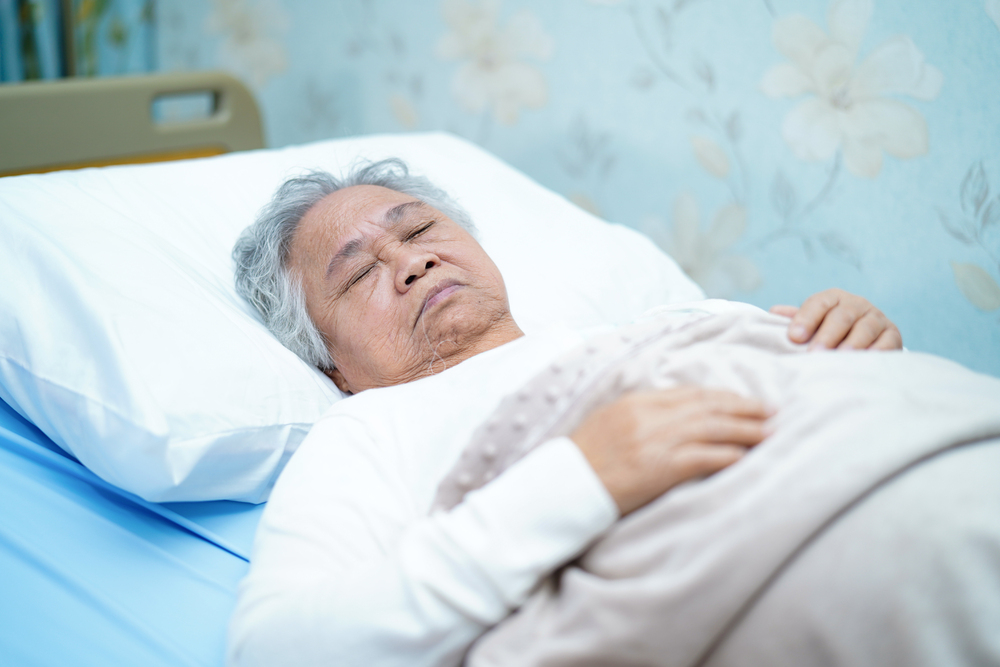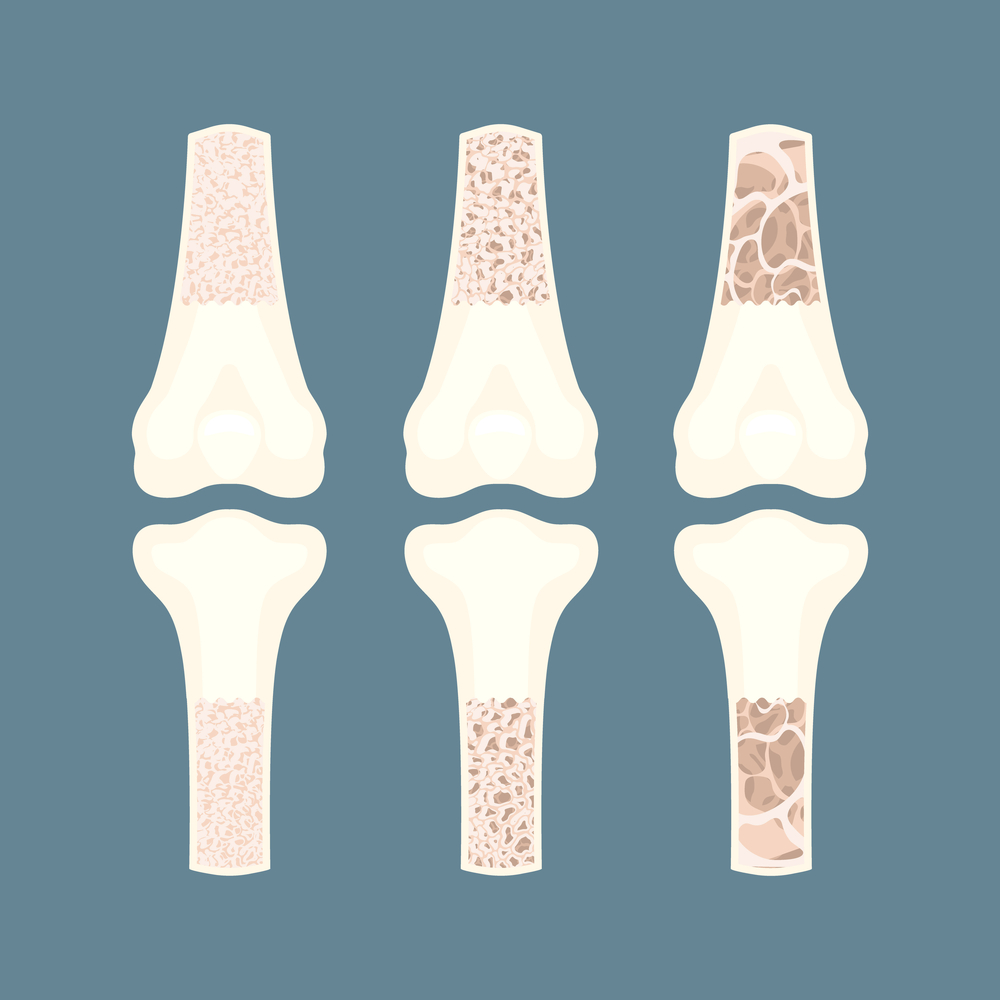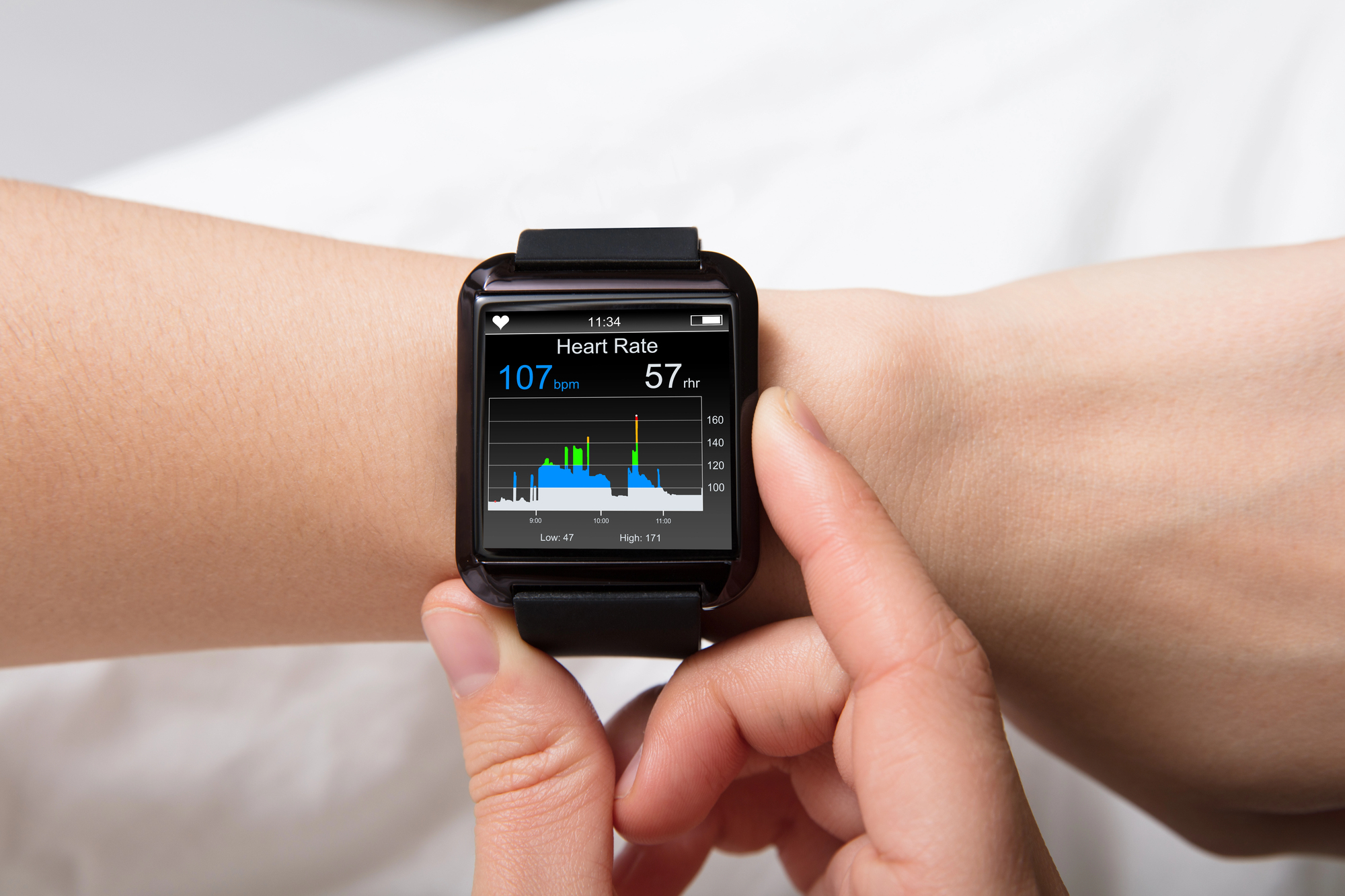 Written by Arlette Pacheco,
Written by Arlette Pacheco,
In the fast-paced world of healthcare, where lives are on the line, staying compliant isn’t just a legal necessity—it’s a moral obligation. But let’s face it, the maze of healthcare regulations can be daunting. That’s where fraud attorneys come in. These legal experts help healthcare workers navigate the complex landscape of compliance, ensuring they can focus on what really matters—caring for patients.
Understanding Compliance in Healthcare
Compliance in healthcare is crucial for maintaining trust and integrity. For healthcare workers, understanding and following these rules is essential but can be tricky. Fraud attorneys provide expert help to ensure that professionals stay compliant and avoid legal issues.
Healthcare compliance implies adhering to regulations, laws, and guidelines that govern medical practices. This includes everything from patient confidentiality under HIPAA to accurate billing practices. The stakes are high, and even a small oversight can lead to severe consequences.
The Role of Fraud Attorneys in the Healthcare Sector
A healthcare fraud attorney specializes in the legal aspects of compliance, offering guidance and defense to those who may be at risk of violating regulations. Their role is crucial in helping healthcare workers understand the laws that apply to their practice and ensuring that they adhere to them meticulously.
Why Compliance Matters in Healthcare
Compliance in healthcare is more than a legal need. It’s key to providing quality care and maintaining patient trust. For healthcare workers, staying compliant means more than following rules. It involves upholding ethical standards, protecting patient safety, and preserving their professional reputation.
Protecting Patient Trust and Safety
Patient trust is the keystone of the healthcare industry. When patients request medical care, they trust that their providers are:
– Qualified
– Honest
– Committed to their well-being
Compliance plays a significant role in maintaining this trust. When healthcare workers adhere to regulations, they prove their commitment to patient safety. This includes:
– Following protocols for patient privacy
– Accurate record-keeping
– Ensuring that treatments are administered correctly
By staying compliant, healthcare workers help to create a safe environment where patients feel confident in the care they receive.
Avoiding Legal Repercussions
The healthcare industry is heavily regulated for good reason. These regulations are in place to:
– Protect patients
– Prevent fraud
– Ensure that the system operates fairly
Non-compliance can lead to major legal consequences, including fines, lawsuits, and even the loss of a professional license. For healthcare workers, understanding the regulations that apply to their practice is crucial. By staying compliant, they can avoid these legal pitfalls and continue their careers without the looming threat of legal action.
Preserving Professional Integrity
Healthcare workers are held to high standards, both by their peers and by society as a whole. Compliance is a key part of maintaining professional integrity (Bhardwaj, 2022). When healthcare workers consistently follow the rules and uphold ethical standards, they earn the respect of their colleagues and the trust of their patients. This integrity is essential for career advancement and professional satisfaction. It’s not just about avoiding mistakes; it’s about building a career that reflects a commitment to doing the right thing.
Common Compliance Issues in Healthcare
Navigating healthcare regulations can be difficult. Even well-intentioned professionals can face compliance issues. These challenges are more than just paperwork—they can have serious effects on both healthcare workers and patients. Knowing common compliance issues can help avoid problems and maintain high standards of care.
Billing Fraud and Abuse
Billing fraud and abuse are common compliance issues in healthcare. This can include errors like coding mistakes or overcharging and serious violations like billing for services not provided. Sometimes, healthcare workers may not know their actions are fraudulent. For example, upcoding—billing for a more expensive service than was actually performed—can happen without intent to deceive but is still fraud. Staying educated about billing practices and regularly auditing billing processes can help prevent these issues.
Misrepresentation of Credentials
Another significant compliance issue is the misrepresentation of credentials (Gurudevan & Mower, 1996). This occurs when healthcare workers claim stuff that they do not actually possess, such as:
– Qualifications
– Certifications
– Specialties
Misrepresenting credentials, whether intentional or accidental, can have serious legal consequences and damage a professional’s reputation. For example, if a nurse lists a certification they intended to complete but never did, it misleads patients and employers. This can hurt patient care and trust. It’s crucial to ensure that all qualifications are current and accurately represented.
Kickbacks and Referral Schemes
Kickbacks and referral schemes are other areas where compliance can easily be breached. These practices involve healthcare providers receiving financial incentives for referring patients to:
– Specific services
– Products
– Facilities
While this might seem like a way to build relationships or support other businesses, it’s illegal and unethical. These schemes can skew medical decisions, putting financial gain over patient care.
The Role of Fraud Attorneys in Preventing Compliance Issues
Fraud attorneys play an essential role in helping healthcare workers navigate the complexities of compliance. These legal professionals are not just for times of crisis—they are valuable allies in preventing issues before they arise. Their expertise can make a significant difference in ensuring that healthcare providers remain on the right side of the law, protecting both their careers and their patients.
Providing Legal Guidance and Education
One of the key roles of fraud attorneys is to provide ongoing legal guidance and education to healthcare professionals. Compliance regulations can be complex and ever-changing, making it difficult for healthcare workers to stay updated on what’s required. Fraud attorneys help by:
– Breaking down these regulations
– Explaining what they mean in practical terms
– Advising on how to implement them in daily practice
For example, they might help a clinic develop protocols to ensure accurate billing or advise on how to handle patient referrals legally. By offering this kind of support, fraud attorneys help healthcare workers avoid unintentional violations.
Conducting Compliance Audits
Another important function of fraud attorneys is conducting compliance audits (Pardue, 2016). These audits are thorough reviews of a healthcare provider’s practices, focusing on areas like:
– Billing
– Documentation
– Credentialing
The goal is to find potential compliance issues before they become major problems. For example, a fraud attorney might review a hospital’s billing and find patterns like consistent upcoding or overbilling. By spotting these issues early, fraud attorneys help healthcare providers fix them and avoid legal trouble.
Representing Healthcare Workers in Legal Matters
If compliance issues do arise, fraud attorneys are there to represent healthcare workers in legal matters. This could involve:
– Defending against accusations of fraud
– Negotiating settlements
– Helping to navigate government investigations
The presence of an experienced lawyer can make a difference in the outcome of these situations. They understand the legal landscape, know how to communicate effectively with regulatory agencies, and can develop strategies to protect their clients’ interests. This support is crucial in high-stakes situations where a healthcare worker’s reputation and career are on the line.
Developing and Implementing Compliance Programs
Fraud attorneys help create and implement compliance programs (Hooper et al., 2020). These programs ensure that healthcare practices meet legal standards. They cover areas like patient privacy, data security, billing, and employee training. Fraud attorneys work with healthcare organizations to customize these programs. For example, they might set up regular training sessions for staff to keep everyone updated on the latest regulations. This helps build a strong culture of compliance.
How Healthcare Workers Can Stay Compliant
Staying compliant in the healthcare field can seem overwhelming, but it’s absolutely necessary to protect your career and provide the best care possible. With a few proactive steps, healthcare workers can navigate the complexities of regulations and maintain high standards in their practice. Here’s how you can stay on top of compliance.
Stay Informed of Regulations
Healthcare regulations are constantly evolving, making it crucial to stay informed about the latest changes. You can keep up with new rules and best practices if you regularly:
– Review updates from professional organizations
– Attend training sessions
– Subscribe to industry newsletters
Staying informed ensures that you’re always aware of your legal responsibilities, reducing the risk of unintentional violations.
Keep Accurate Documentation
Accurate and thorough documents are a cornerstone of compliance. This includes:
– Maintaining precise patient records (Mathioudakis et al., 2016)
– Correctly coding procedures
– Ensuring that all billing information is accurate
Regular audits of your documentation can help catch mistakes before they become compliance issues. By prioritizing meticulous record-keeping, you safeguard yourself against potential legal challenges.
Participate in Regular Training
Compliance training shouldn’t be a one-time event; it should be an ongoing process. Regular training sessions help reinforce your knowledge of compliance requirements and keep you updated on any changes. These sessions can cover a varied range of topics, from billing practices to patient privacy laws. By actively participating in training, you stay sharp and prepared to handle compliance challenges as they arise.
Consult with Legal Experts
Don’t hesitate to obtain advice from legal experts, especially if you’re unsure about specific regulations or compliance issues. Consulting with a fraud attorney can provide clarity and peace of mind, ensuring that you’re interpreting and applying regulations correctly. Legal experts can also help you develop compliance strategies tailored to your specific role, further reducing the risk of violations.
Foster a Culture of Compliance
Finally, fostering a culture of compliance within your workplace can make a significant difference (van Baarle et al., 2022). Encourage open communication about compliance issues and promote an atmosphere where questions and concerns can be addressed without fear of reprisal. When everyone in your organization is committed to compliance, it creates a safer, more ethical workplace for both employees and patients.
Conclusion
In healthcare, following the rules is crucial for trust, safety, and professionalism. Fraud attorneys help healthcare workers understand and keep up with changing regulations. By staying informed and getting legal advice, healthcare workers can protect their careers and patients. Compliance isn’t just a legal requirement—it’s about providing the best care possible.
References
Bhardwaj, A. (2022). Medical Professionalism in the Provision of Clinical Care in Healthcare Organizations. Journal of Healthcare Leadership, 14, 183–189. https://doi.org/10.2147/JHL.S383069
Gurudevan, S. V. and Mower, W. R. (1996). Misrepresentation of Research Publications Among Emergency Medicine Residency Applicants. Annals of Emergency Medicine, 27(3), 327-330. DOI:https://doi.org/10.1016/S0196-0644(96)70268-8
Hooper, S., Sabatino, C. P., & Sudore, R. L. (2020). Improving Medical-Legal Advance Care Planning. Journal of pain and symptom management, 60(2), 487–494. https://doi.org/10.1016/j.jpainsymman.2020.03.004
Mathioudakis, A., Rousalova, I., Gagnat, A. A., Saad, N., & Hardavella, G. (2016). How to keep good clinical records. Breathe (Sheffield, England), 12(4), 369–373.
Pardue, C. (2016). How Will I Know? An Auditing Privilege and Health Care Compliance. Emory Law Journal, 65(4), 1139–1176. https://scholarlycommons.law.emory.edu/elj/vol65/iss4/4
van Baarle, E., Hartman, L., Rooijakkers, S., Wallenburg, I., Weenink, J. W., Bal, R., & Widdershoven, G. (2022). Fostering a just culture in healthcare organizations: experiences in practice. BMC health services research, 22(1), 1035. https://doi.org/10.1186/s12913-022-08418-z
Short biography
Arlette Pacheco is a content writer who pursued a passion for Biology, earning a Ph.D. in Life Sciences. She discovered her love for writing, crafting scientific and divulgation articles, and bridging the gap between science and society.
Please also review AIHCP’s Health Care Legal and Malpractice Certification program and see if it meets your academic and professional goals. These programs are online and independent study and open to qualified professionals seeking a four year certification

 Written by Arlette Pacheco,
Written by Arlette Pacheco, Written by Arlette Pacheco,
Written by Arlette Pacheco, Written by Veronica Turner
Written by Veronica Turner
 Written by Esme Wang.
Written by Esme Wang. Written by Mark San Juan.
Written by Mark San Juan. Written by Veronica Turner.
Written by Veronica Turner. Written by Nadine.
Written by Nadine. Written by John Anderson.
Written by John Anderson.